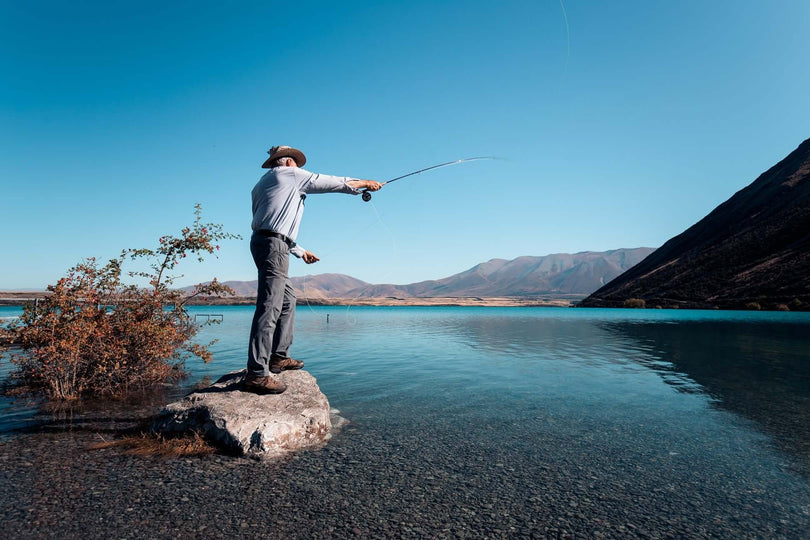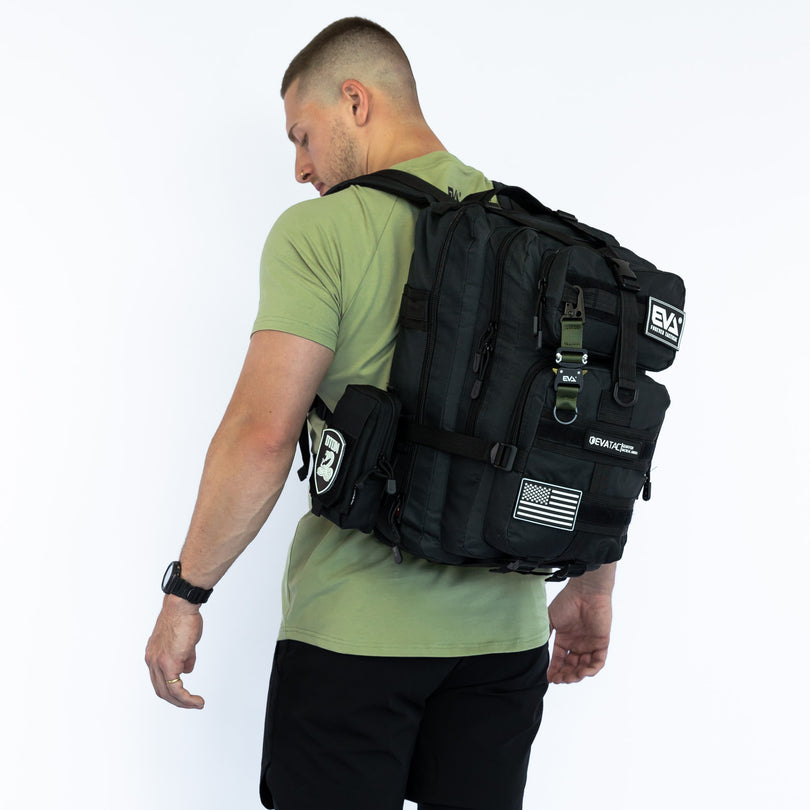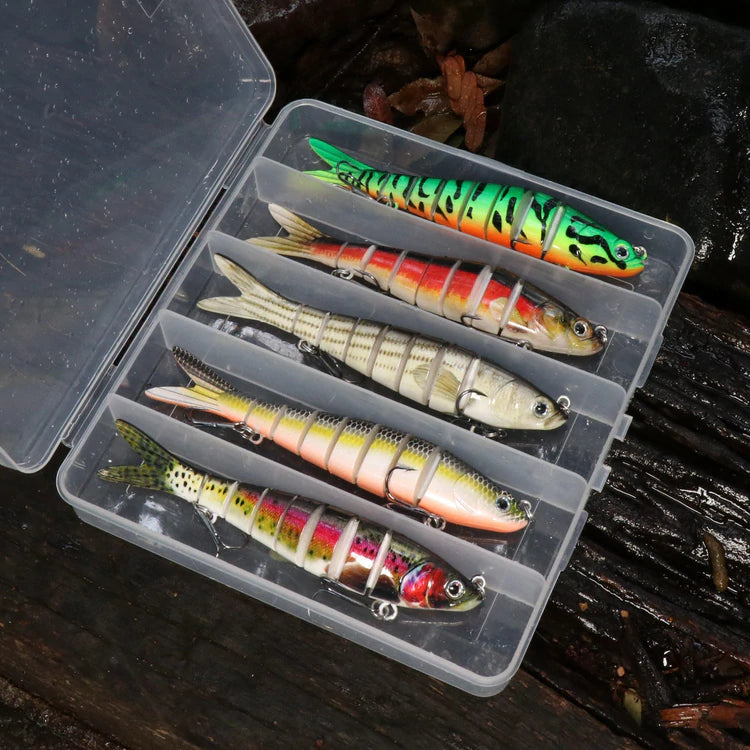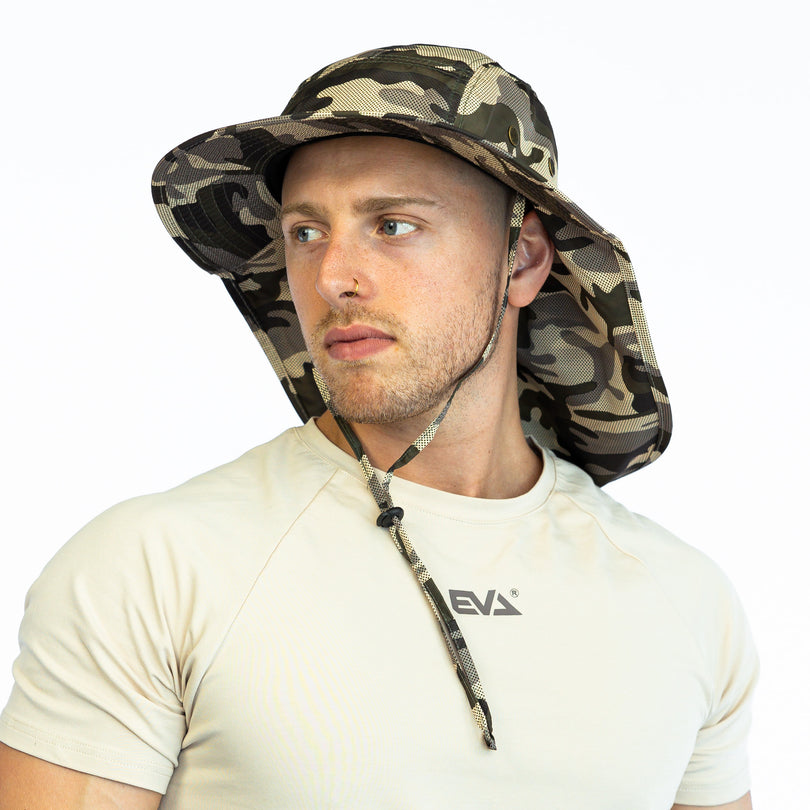If you're an angler, then you know that there's always something new on the market that promises to improve your catches. In recent years, segmented lures have been gaining in popularity. But what are they and do they really work?
As an angler, you're always on the lookout for ways to improve your catches. If you're an avid fisherman, then you've probably seen (and maybe even used) segmented lures before.
Essentially, segmented fishing lures are designed to imitate the movement of fish prey. The segments can move independently of each other, which creates a more lifelike swimming action that can be irresistible to fish. Segmented lures come in all sorts of shapes, sizes, and colors, so you can find one that's perfect for your fishing style.
They're becoming increasingly popular among experienced anglers of all levels of experience, but what exactly are they? In this guide, we'll take a closer look at these topwater lures and discuss their pros and cons. By the end, you'll know if they're worth trying out on your next fishing trip.
What is a segmented fishing lure?
You've probably seen a few fishing shows on TV. You may have even gone out a few times yourself and cast a line into the water. But after a few trips, you may feel like you're not getting anywhere. Some segmented lures also have built-in rattles, this makes a noise that will draw potential bites to your lure. Keep in mind that how the lure moves is how it attracts fish.
This is where segmented fishing lures come in. Those who want to catch bigger fish turn to segmented lures to get the job done. A well-made swimbait will act like a real fish, regardless of how fast or slow you're moving it around. That's because it moves with what is called "live-action lures". These tails don't just give the lure its movement; they also make it difficult for fish to tell that it's not real.
As time went on, this type of artificial bait became more advanced and more lifelike – materials including rubber, silk, quill, and celluloid were used and painted to resemble small prey. Whether you need a deep-diving lure for big bass or a shallow-water bait for trout or panfish, segmented fishing lures can fit your needs perfectly.
 How do segmented fishing lures work?
How do segmented fishing lures work?
One of the main reasons segmented fishing lures are so popular is because they're incredibly effective. Thanks to their design, they create a lifelike swimming action attracting fish. Almost always means soft plastic grubs, worms, crayfish, frogs, and swimbaits - the right lure for predatory fish.
As the fishing lure moves through the water, each segment creates its own little wave. These waves interact with each other and produce a "wobbling" effect that drives fish crazy.
In addition to their swimming action, these best-selling topwater lures also look more realistic than other types of lures. This is because they're designed to mimic the appearance of baitfish.
History of segmented fishing lures
While segmented fishing lures are relatively new on the fishing scene, they actually have a long history. They have been around for centuries, with the first recorded use dating back to ancient Egypt. These early lures were made from wood and bone and were used to catch various fish.
The first recorded use of a segmented lure was in 1857 when an Englishman named James Francis used one to catch a record-breaking fish. The first company to do so was the Heddon Lure Company, which is still in business today.
Segmented fishing lures gained popularity in the early 1900s when American fishermen began using them to catch bass. The first mass-produced segmented lure was the Heddon Dowagiac Minnow, which was introduced in 1913 and gained popularity in the United States in the early 20th century, and has been widely used by many anglers ever since.
Since then, segmented fishing lures have come a long way. Today, there are all sorts of different designs and styles available, each with its own unique advantages.
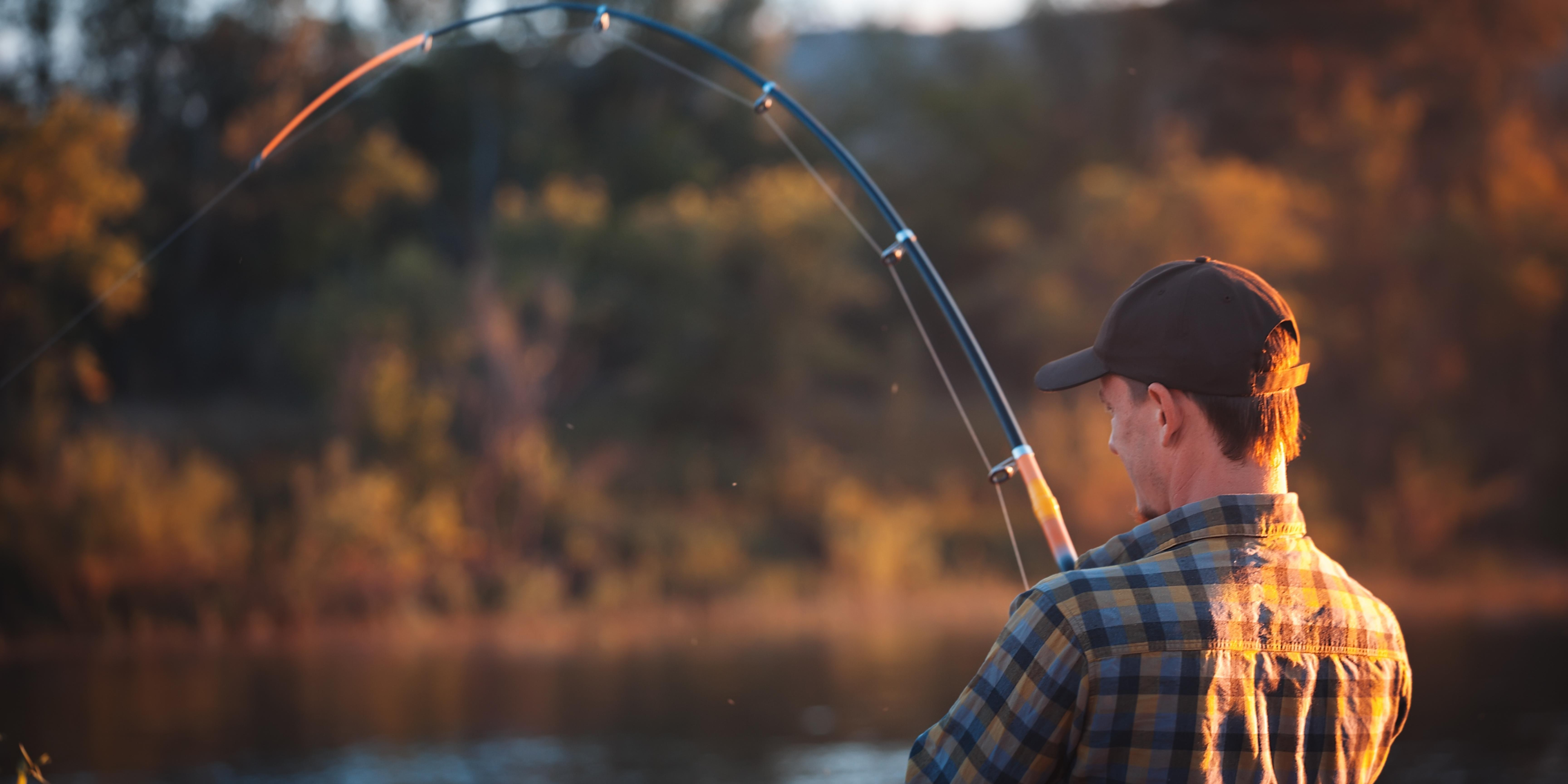 Are segmented lures good?
Are segmented lures good?
Segmented fishing lures have been gaining in popularity in recent years, so you may be wondering if they're worth the hype. In many cases, segmented lures can be more effective than traditional fishing lures because the segments move independently, creating a more lifelike swimming action.
In addition to their mobility, they might also be able to mimic the movements of live prey better than lures with a single body. Some research suggests that fishing lure bodies can actually entice fish to bite by resembling the movements of struggling predatory fish or wounded minnows.
There are so many segmented lures in different shapes, colors, and sizes that it can be difficult to know exactly which one is right for you and your fishing style. The ability of segmented lures to mimic the movement of actual prey makes them well-suited for targeting certain species of fish that are accustomed to feeding on specific types of prey.
For example, a top water fishing lure with a segmented body that bobs up and down like an injured minnow will likely attract more strikes from bass than a single-bodied fishing lure that moves more slowly and stays in one place.
On the other hand, some species of fish don't respond very well to segmented lures at all. For example, flatfish like flounders are used to feeding on smaller flatfish that stay motionless on the ocean floor; a segmented lure moving back and forth is not going to trigger their feeding instinct.
In general, segmented lures are good for targeting fish that are actively feeding and are attracted to prey that moves erratically. If you're not sure whether or not it will work in your particular situation, it's always best to experiment with different types of lures until you find something that works.
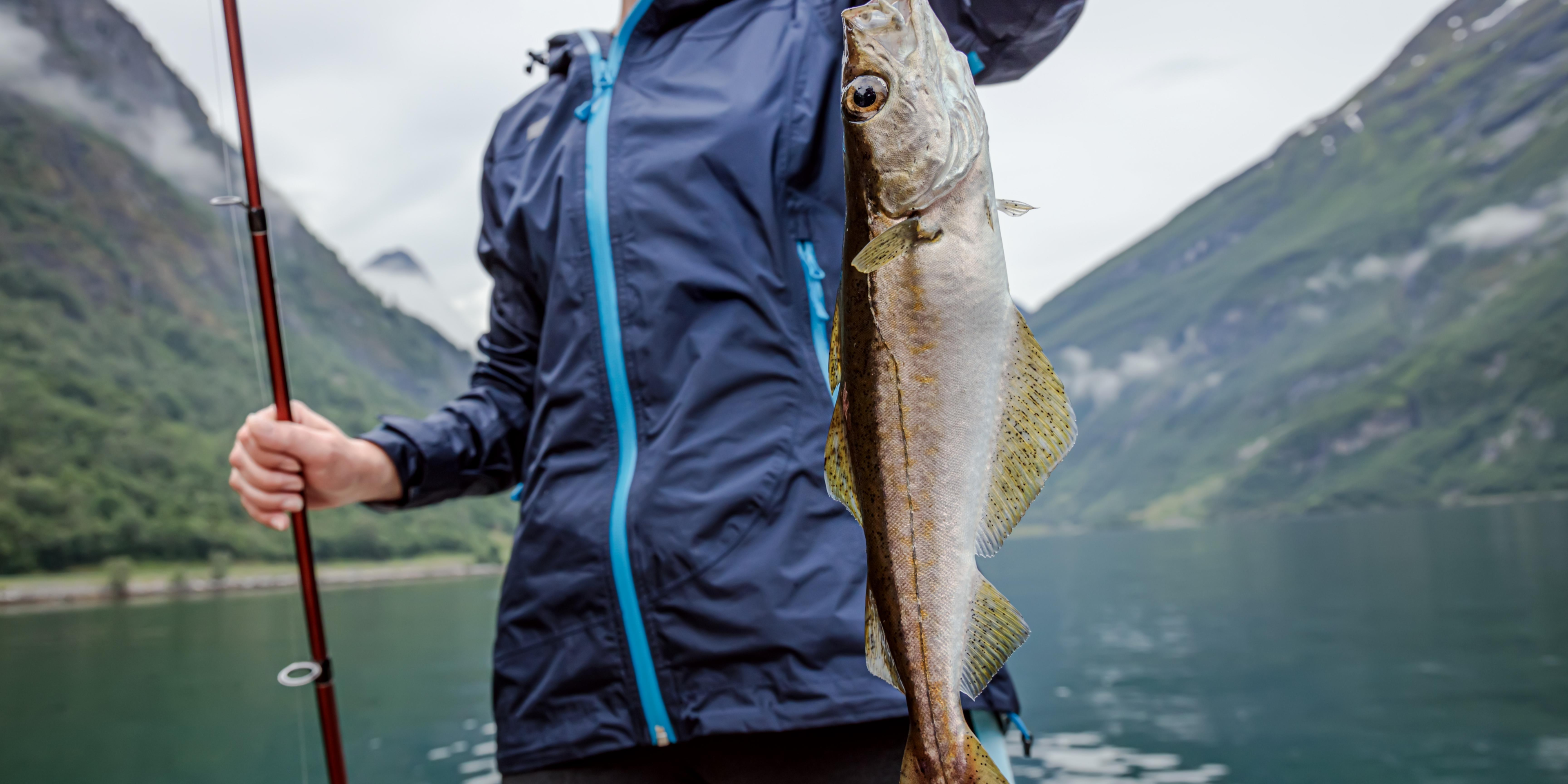 How do you use segmented lures?
How do you use segmented lures?
Segmented lures can be used in a variety of ways, depending on the type of fish you're hoping to catch. For example, some anglers like to use these topwater lures when they're fishing for bass.
To use a segmented lure effectively, it's important to understand how they work. Segmented lures get their name from the fact that they're made up of multiple segments or sections. These segments are connected together and move independently of each other.
When using segmented lures, it's important to pay attention to the way the segments are moving. The segments should be moving independently of each other in order to create the "wobbling" effect that is so attractive to fish.
However, some tips on how to use segmented lures include:
- Experiment with different sizes and colors of segmented lures to see what works best.
- Use segmented lures in areas where baitfish are known to congregate.
- Cast your segmented lure out and let it sink to the bottom before beginning your retrieve. This will help you mimic the natural swimming pattern of baitfish.
- Be sure to keep a close eye on your segmented lure while you're fishing. The multiple segments can come apart, making the lure less effective.
In general, segmented lures work best when they're cast out and retrieved slowly. This allows the segments to move independently of each other and creates the lifelike swimming action that is so irresistible to fish.
Of course, every fisherman has their own unique style. So, feel free to experiment with different techniques until you find what works best for you. With a little practice, you'll be an expert at using segmented lures in no time. So get out there and give it a try!
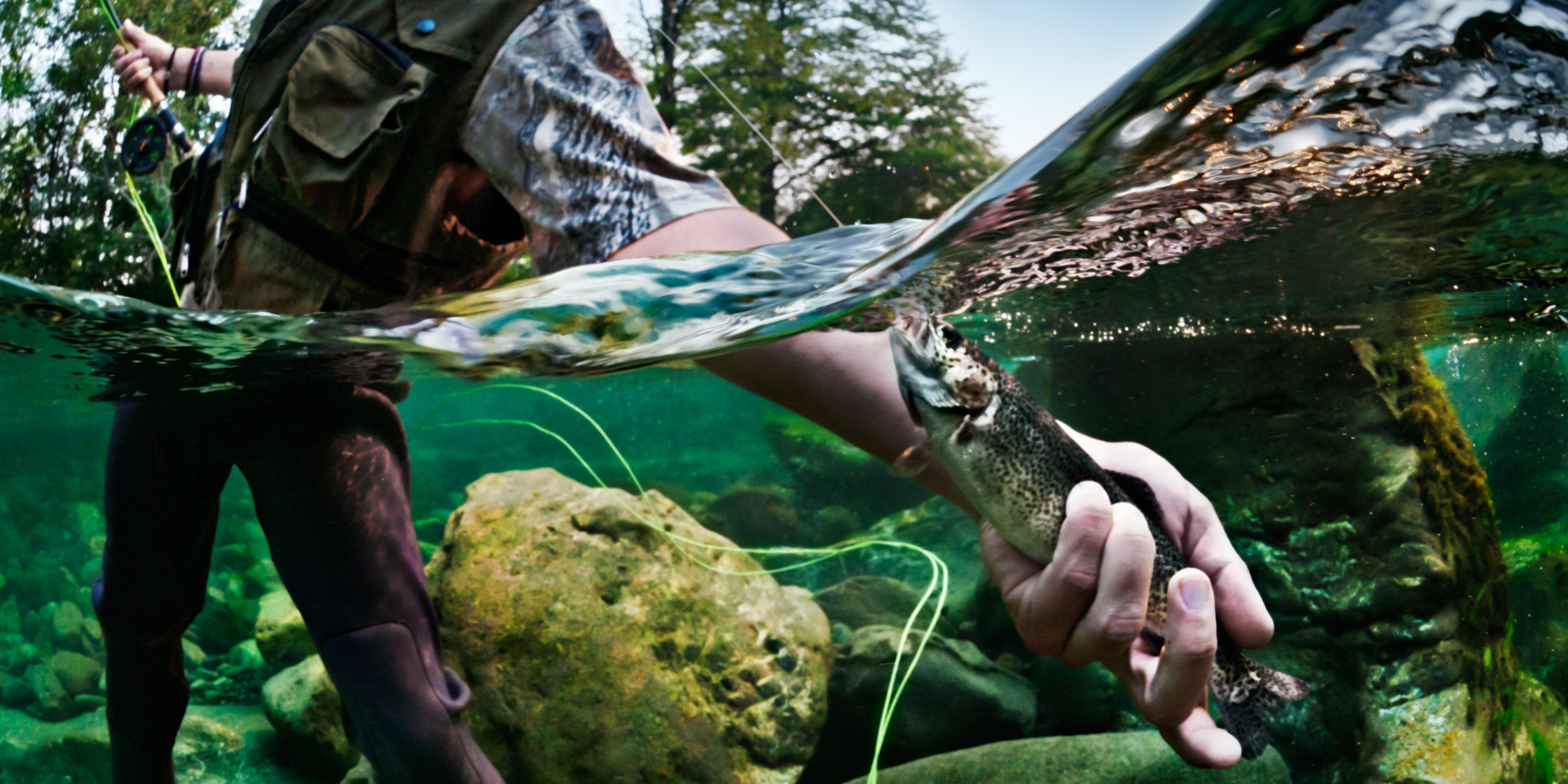 Do jointed lures work?
Do jointed lures work?
Jointed lures are similar to segmented lures in that they're made up of multiple sections. However, the segments of a jointed lure are connected by a hinge. This allows the segments to move in a more lifelike way.
Some fishermen find that jointed lures are more effective than segmented lures because they create a more realistic swimming action. Jointed lures are also easier to cast and retrieve.
Should I use a segmented or jointed lure?
The type of fishing lure you use is a matter of personal preference. Some fishermen find that segmented lures are more effective, while others prefer jointed lures. It's also worth noting that segmented and jointed lures can be used in different ways to target different types of fish.
If you're just starting out, it might be a good idea to experiment with both types of lures to see which one works better for you. No matter what type of lure you use, the most important thing is to have fun and enjoy yourself.
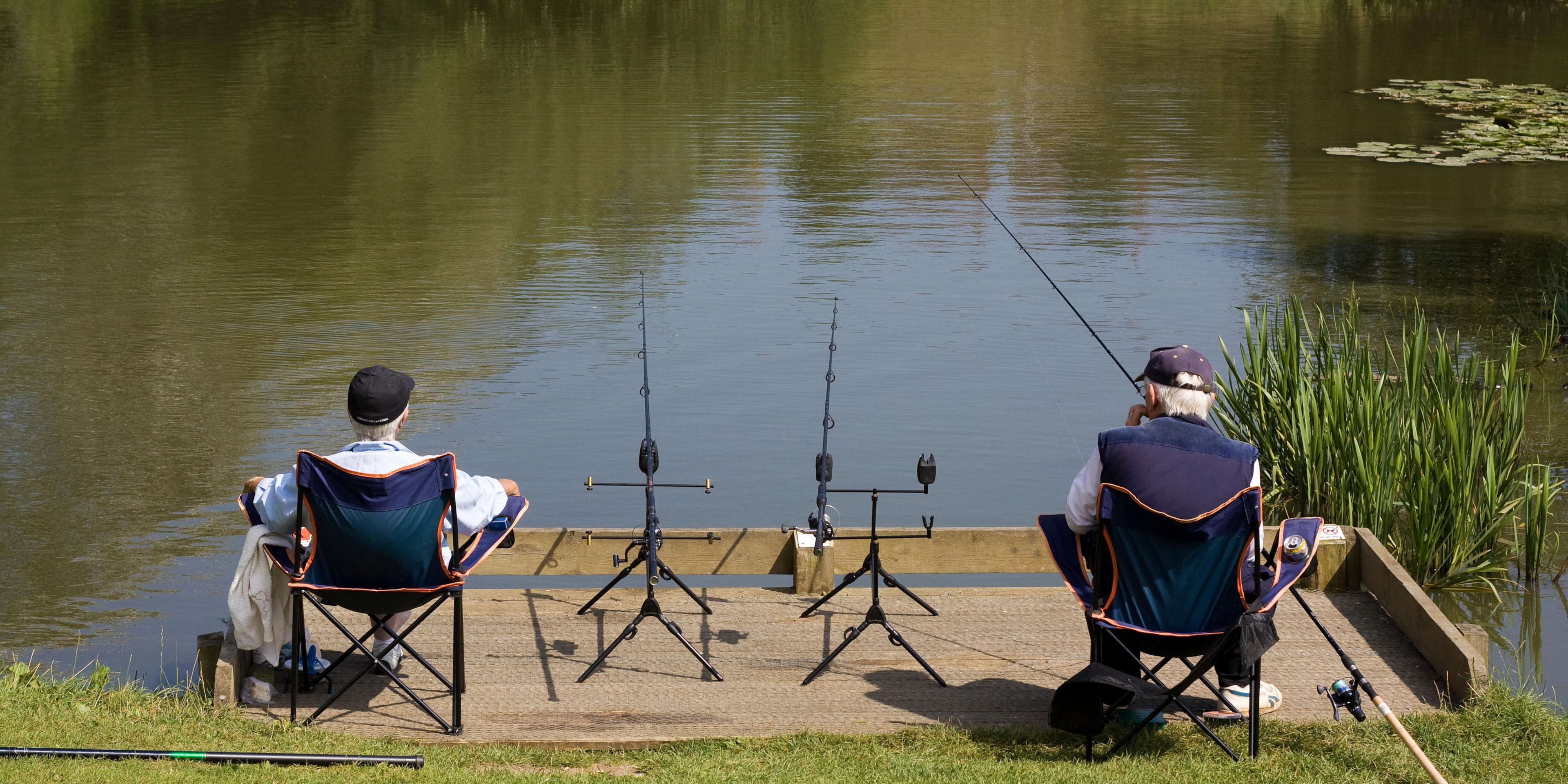 How do you fish a segmented swimbait?
How do you fish a segmented swimbait?
To fish with a segmented swimbait, you'll need to rig it onto your line in a way that allows it to swim freely. The best way to do this is to use a swivel.
Once the swimbait is rigged onto your line, you can cast it out and start retrieving it. As you retrieve the swimbait, the segments will move and create a lifelike swimming action. This action is irresistible to fish, so it's only a matter of time before you get a bite.
When you feel a fish on your line, be sure to set the hook immediately. Segmented swimbaits are designed to mimic the appearance and action of baitfish, so they're sure to attract a lot of attention from predators.
Here are a few tips for fishing with a segmented swimbait:
1) Choose the right size lure.
Segmented swimbaits come in a variety of sizes, so it's important to choose one that's appropriate for the fish you're hoping to catch.
2) Cast your line into an area where there are likely to be fish.
Segmented swimbaits are most effective when they're used in areas where fish are actively feeding.
3) Use a slow, steady retrieve.
When you're retrieving your segmented swimbait, it's important to do so slowly and steadily. jerking or twitching the bait will make it less effective.
4) Be patient.
It can take a few tries to get the hang of fishing with a segmented swimbait. If you don't get bites right away, keep trying and you'll eventually find success.
Are segmented swimbaits effective?
Yes! Segmented swimbaits are some of the most effective lures on the market. Thanks to their lifelike swimming action and realistic appearance, they're sure to attract attention from all sorts of fish.
If you're looking for a versatile lure that can be used in a variety of situations, a segmented swimbait is a great choice. They're perfect for most anglers of all skill levels and can be fished in both fresh and salt water.
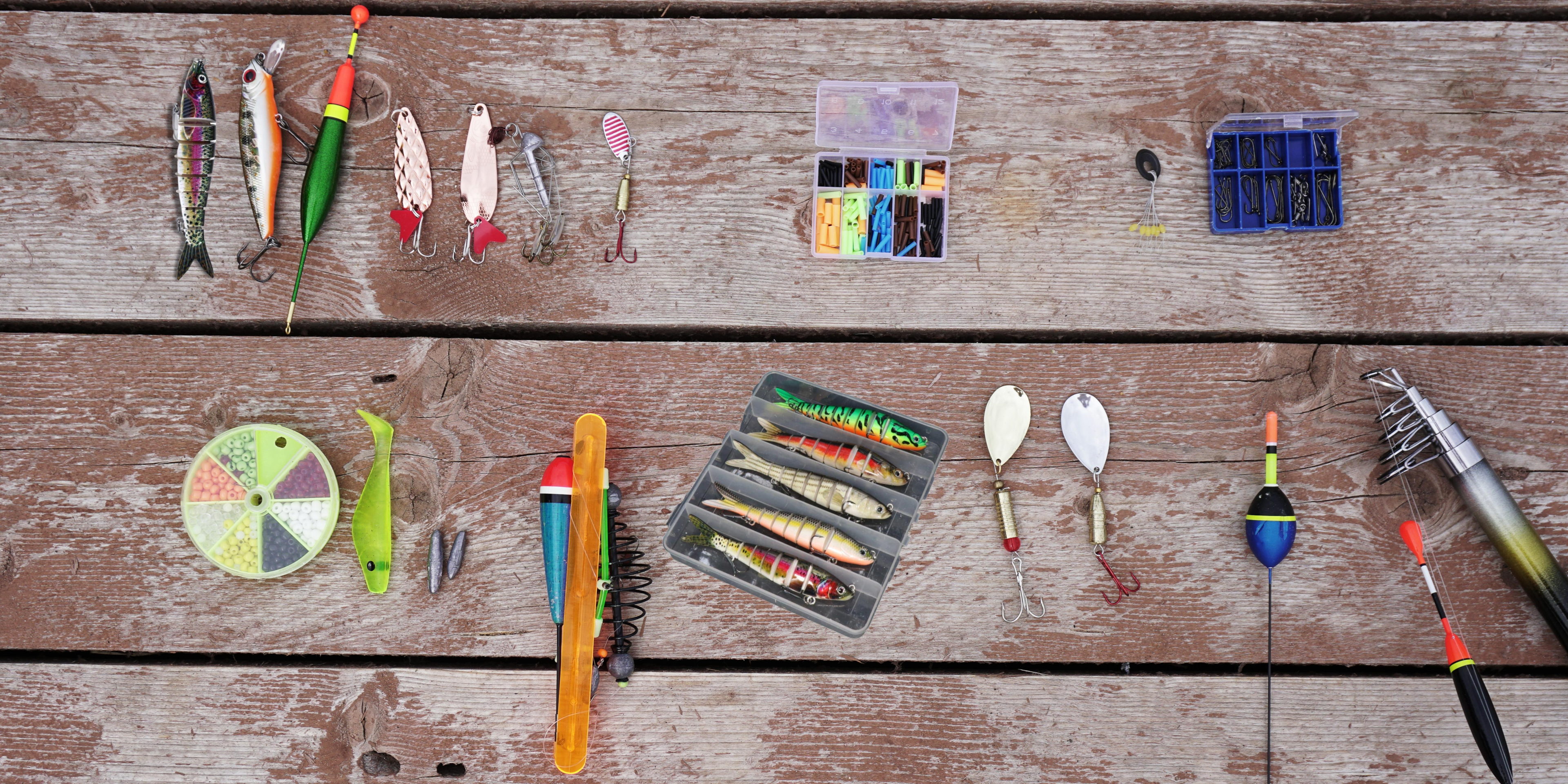 Do multi-jointed swimbaits work?
Do multi-jointed swimbaits work?
Yes, multi-jointed swimbaits can be very effective. First, let's look at the basics of multi-jointed swimbaits. A multi-jointed swimbait is made up of multiple segments that are joined together with hinges. These hinges allow each segment to move separately from one another in a way that gives the lure a more lifelike swimming action.
In addition to the hinges, some multi-jointed swimbaits have internal weights that help them to maintain a horizontal position in the water column when at rest. Some fishermen find that multi-jointed swimbaits are more effective than segmented swimbaits because they create a more realistic swimming action.
Multi-jointed swimbaits are also easier to cast and retrieve. Multi-jointed swimbaits are typically made of plastic and can be rigged with live bait or plastic baits, such as crawfish tails or wings.
Segmented swimbaits are shaped like fish, but they don't have any hinges allowing segments to move independently from one another. Some fishermen feel that segmented swimbaits have less action than multi-jointed swimbaits, but this depends on how well each lure is designed and how it has been rigged.
Segmented swimbaits can be soldered to remove any hinge action or they can be left as is. Segmented swimbaits are typically made of plastic and can be rigged with live bait or plastic baits, such as crawfish tails or wings.
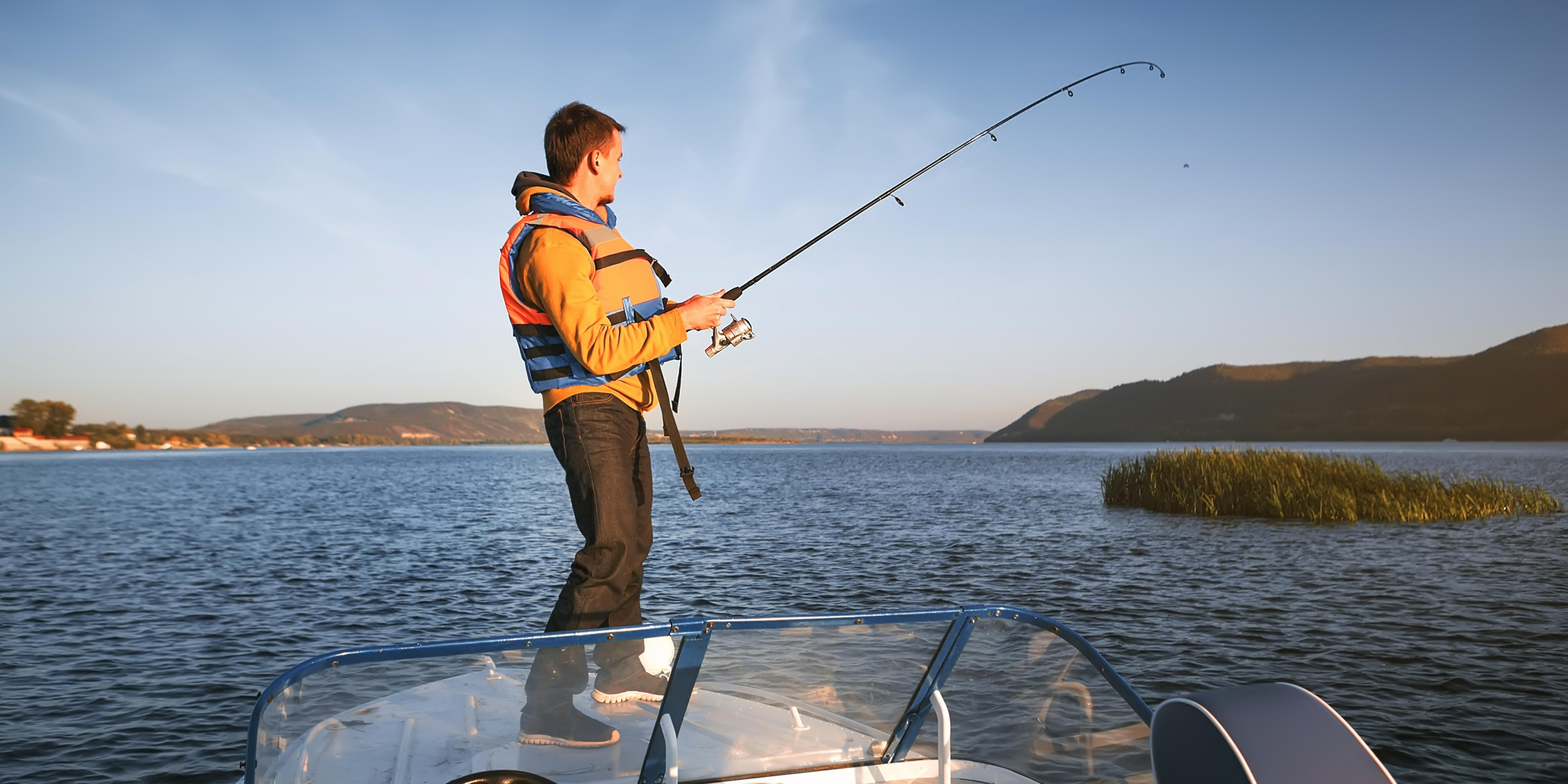 When should you throw a jointed swimbait?
When should you throw a jointed swimbait?
When should you throw a jointed swimbait? When the water is murky or dirty, or there's a lot of vegetation. When you're fishing in murky or dirty water, a jointed swimbait is the go-to bait. The reason is simple—when there's not a lot of visibility, a fish's ability to catch and identify its prey is limited.
As a result, it'll often be attracted to the first thing that moves, regardless of whether it's suitable for eating. A jointed swimbait can move like nothing else in the water and has an appearance unlike anything else in the water. It's no wonder that it can attract fish even when they can't see it clearly.
Trying to catch bass in thick vegetation is also a great opportunity for using a jointed swimbait. It might seem counterintuitive that using something as big and flashy as a jointed swimbait would be effective in areas with so much cover, but remember that the lifelike action of this bait can also help it stand out from the surrounding vegetation and attract fish that might otherwise be difficult to catch.
When used effectively, your jointed swimbait will have bass feeding on top of it before you know what hit them!
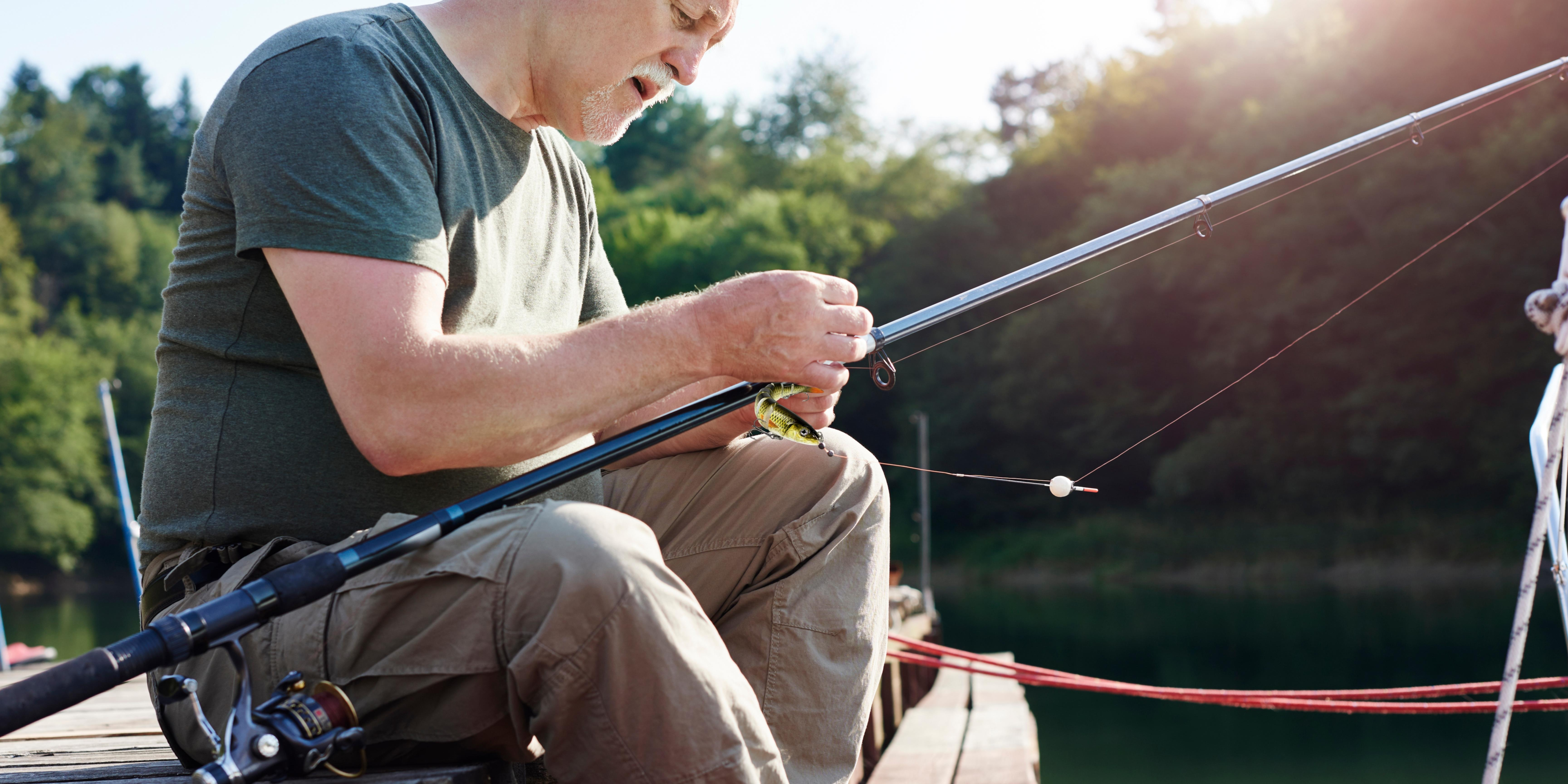 Are swimbaits worth it?
Are swimbaits worth it?
The best way to catch a large fish is with a swimbait. This lure is made to imitate a swimming pattern of a real fish, regardless of whether it is being fished fast or slow, shallow or deep. The result is that swimbaits can be the best fishing lures for you.
Swimbaits are one of the latest trends in fishing, and in my opinion, they're among the most effective. Unlike the popular crankbaits, which move up and down, swimbaits float on top of the water. They're designed to imitate a whole school of fish, darting back and forth just beneath the surface while making their natural movements.
What makes swimbaits so effective is that they can be fished both fast and slow. This allows you to cover more water in search of your prey, which is especially advantageous for targeting larger fish.
 For example, when largemouth bass fishing, it's best to start out casting out into open water with long pauses between each retrieve. As you get closer to likely hotspots, you can reel in your bait faster while still maintaining an erratic swimming motion.
For example, when largemouth bass fishing, it's best to start out casting out into open water with long pauses between each retrieve. As you get closer to likely hotspots, you can reel in your bait faster while still maintaining an erratic swimming motion.
They can be fished both on top of the water (as it would naturally occur during feeding) or below the surface, depending on where you want your lures to be. Unfortunately, swimbaits are so effective that most anglers have had some problems with larger fish getting hooked in delicate areas such as their lips.
Koala Pro Tip: We recommend using a strong circle hook when fishing for large fish with swimbaits to help ensure that the bait is still available for future catches. Swimbait lures can be purchased in many different sizes, shapes, and colors at a fishing store near you.
For example, if you're fishing in a heavily populated area where you might not want to stand out too much, I would suggest using a dark or subdued color like black or brown. If you're fishing in a more remote location where there's a lot of open water space, bright colors like chartreuse can help attract fish from a greater distance.
 Conclusion
Conclusion
Fishing is as much about luck as it is about skill, so it's worth trying out a few different lures to find which one suits you best. When it comes to the best fishing lures, we advise you to pick a few that appeal to you and try them out. You never know what effect they might have on your fishing style. If nothing else, you'll have some new lures at your disposal that can be considered when the situation demands it.
With their growing popularity, you're sure to find a newly designed segmented lure on store shelves soon enough. In the end, that's the most effective way to determine whether or not these types of topwater lures will work for you—by giving them a try!






